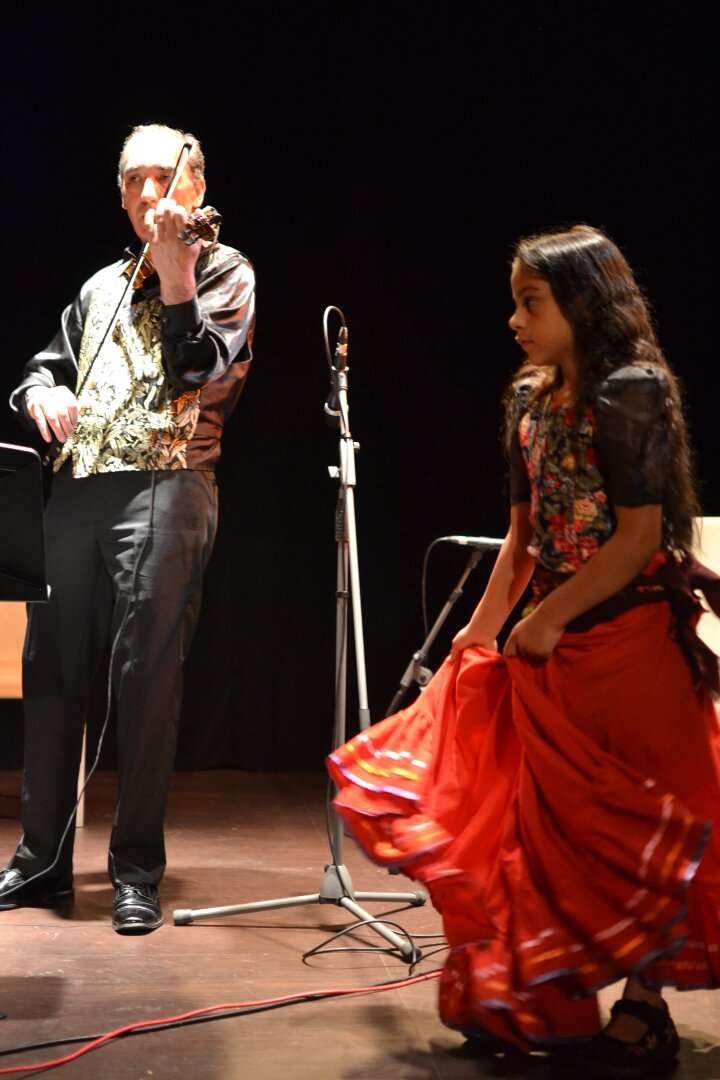Verbunkos (from the German word Werben, to advertise or recruit) was a type of Hungarian dance music popularised by Romani musicians from the 18th century onwards.
Verbunkos
By the early 19th century, a verbunkos-influenced art music had begun to take shape, largely through the performances of such virtuosi as János Bihari (1764–1827), one of the earliest and most celebrated Romani bandleaders.
Initially, the function of this music was to help in the recruitment of men into the Austro-Hungarian army. Visiting soldiers would perform a series of dances, from the most dignified to the most youthful and exuberant. The accompanying music (typically played by Romani musicians) was of increasing speed and brilliance. By the mid-19th century, the verbunkos was no longer being used as recruitment music. It was evolving into the iconic Hungarian dance known throughout Europe and beyond as the csárdás (sometimes written czardas; in Czech and Slovak: čardáš), whose name is derived from a Hungarian word denoting “pub” or “inn”.

A Romani girl in a wide red skirt dances on stage to csárdás music played on the violin by Ivan Gyokeny.
Rights held by: Jan Žahour | Licensed by: Jan Žahour | Licensed under: CC-BY-NC-ND 4.0 International | Provided by: Jan Žahour – Private ArchiveBy the early 19th century, a verbunkos-influenced art music had begun to take shape, largely through the performances of such virtuosi as János Bihari (1764–1827), one of the earliest and most celebrated Romani bandleaders.
The csárdás, which came to comprise slow sections (lassú or lassan, often involving a characteristic dotted rhythm) and fast, virtuosic ones (friss or friska), consisted largely of gestures derived from verbunkos.
Scores of verbunkos music were published from 1784 onwards not only in Hungary but also in cities such as Vienna. Vienna-based composers (Haydn, Mozart, Beethoven and Schubert, among other) would therefore have needed no particular contact with Hungary or Hungarians, as is often implied, to encounter this music: it was to be found all around them in Vienna.
Rights held by: Jonathan D. Bellman | Licensed by: Jonathan D. Bellman| Licensed under: CC-BY-NC-ND 4.0 International | Provided by: RomArchive



